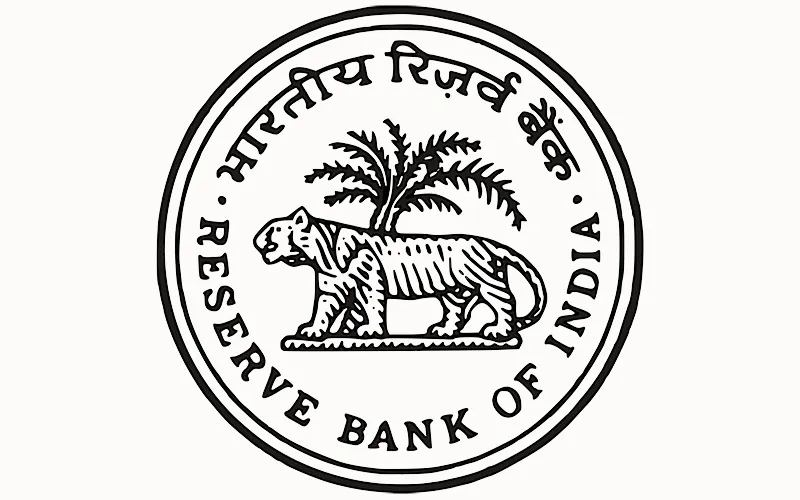Ever since the NDA Government came to power, India's economy is being hailed as one of the few bright spots amid the general global economic slowdown. Both the International Monetary Fund and the World Bank have revised India's growth forecasts upward, citing a 'recovery of confidence' — indeed, the Bombay Stock Exchange Sensex has surged over 36 per cent in the year to date. As China trades off slower growth for a balanced economic model and other Brics members themselves struggle with their inherent structural issues, India is re-emerging as the preferred investment destination merely months after being part of the 'fragile five' club of economies.
The latest economic data, however, paints a less sanguine picture. According to the latest estimates released by the Central Statistical Organisation, India's gross domestic product grew by 5.3 per cent in the quarter ended September 2015 — slower than the 5.7 per cent recorded in the previous quarter. Crucially, manufacturing growth slowed from 3.5 per cent to 0.1 per cent, whereas investment growth has also marginally slowed from 32.7 to 32.3 per cent. Non-food credit increased by 11.1 per cent in October compared with 17 per cent last year — out of this credit to industry grew at a slower pace of 7.8 per cent compared with 15.9 per cent last year.
With the backdrop of this data as well as the falling consumer price inflation numbers, the recent clamour for a cut in interest rates is understandable. In the last couple of weeks, analysts and economists have managed to build a strong case for lowering the repo rate in order to spur investment and growth. The Reserve Bank of India Governor has, however, stuck to his hawkish stand by maintaining interest rates even as bond markets have priced in lower interest rates for the near future.
Although the interest rate is a fundamental tool in the central banks' arsenal, it is by no means the magic potion to accelerate investment. Indeed, while the interest rate has often been called a 'blunt tool' for fighting inflation, its impact on investment is also termed questionable. As voices for a looser monetary stance and easier credit conditions get more high-pitched, it is, perhaps, useful to steer the conversation away from a mechanical cut in interest rates and towards building a robust domestic investment environment. For this, we need to revisit the issue of financial health of Indian banks.
The banking sector is crucial to the Indian economy. Over 70 per cent of total financing is in the form of bank loans. Even in the corporate bond market, banks account for three-fourth of annual issuances. Unfortunately, India's banks are in poor shape. Stressed assets — including bad loans and restructured loans — are about 10 per cent of total loans and could rise to over 15 per cent. Moody's, a ratings agency, has cited poor asset quality in public sector banks as one of the main reasons behind the negative rating of India's banking sector.
Why is this happening? In a recent speech, the RBI Governor alluded to the 'sanctity of the debt contract' and how this is consistently violated in the Indian context. Borrowers or large corporations, especially those operating in the infrastructure sector, often find it easy to default on their debt payments by classifying bank loans as 'junior debt'. Creditors or banks, on the other hand, are forced to re-structure these loans if they are to have any hope of recovering their money. This asymmetry of risk-sharing leads to a bad equilibrium that pushes up the overall cost of credit and contributes to India's unwieldy business environment.
To curb this rampant practice, it is necessary to have in place strong regulatory checks and bankruptcy laws. Indeed, the RBI has constituted the Joint Lenders' Forum to initiate quicker action on distressed assets as well as highlighted the importance of asset reconstruction companies to engineer a turnaround of failing companies. Importantly, banks have been encouraged to recognise bad loans at the earliest and ensure an adequate provisioning of these to maintain transparency in their financial statements.
While the financial health of Indian banks deserves careful scrutiny, the RBI should aim to strike a careful balance in its policy objectives. The flow of credit itself should not be restricted in favour of higher regulation. Tighter lending norms are unlikely to be a panacea. The RBI must resist the temptation to resort to such short-term fixes.
Instead, there should be a renewed focus on weaning out habitual and wilful defaulters to prevent misallocation of capital. This can significantly bring down the cost of doing business and place India in a better position to utilize the refurbished pipeline of infrastructure investments.
Although it is imperative to avoid a significant policy dissonance from the North Block, the RBI's principal mandate should continue to focus on managing the downside risks to the economy by fighting inflation as well as ensuring macro-prudential stability. The growth-augmenting, structural reform process should be left to the Union Government.
Courtesy: The Pioneer, December 15, 2014
The views expressed above belong to the author(s). ORF research and analyses now available on Telegram! Click here to access our curated content — blogs, longforms and interviews.




 PREV
PREV

